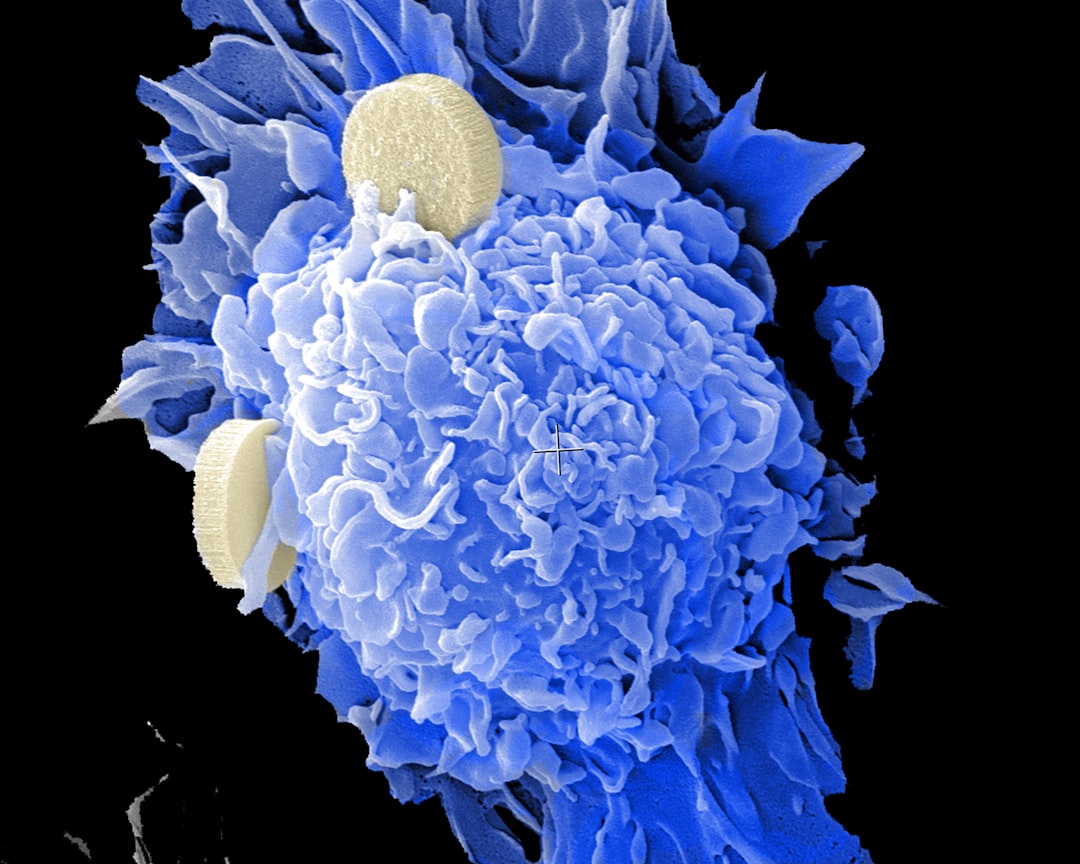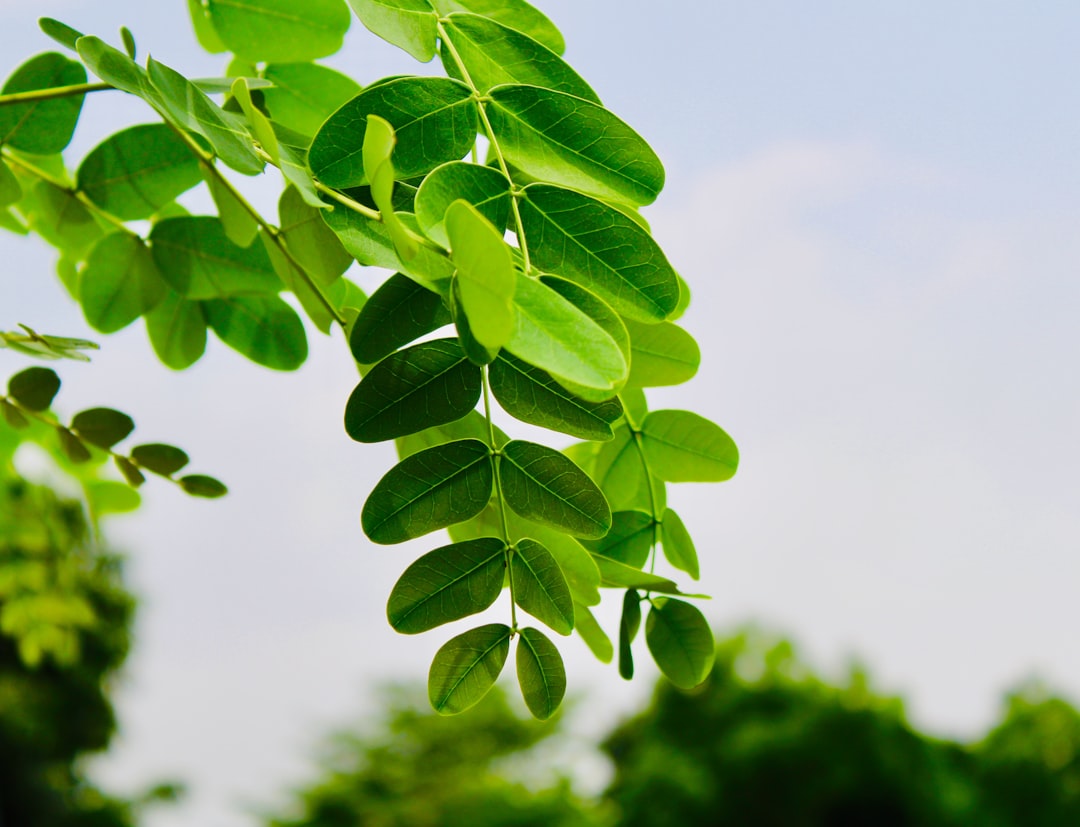What is it about?
The associations of Rhizoctonia root rot (RRR) with a number of agronomic and yield variables were characterized at different growth stages in 122 commercial bean fields in Zanjan, Iran. A greater RRR incidence was detected in white beans, drought-exposed fields, frequent irrigations at 2- to 3-day intervals, denser plant populations, deeper sowings at 10–22 cm, rotations with potato, applying 50–500 kg/ha of urea, earlier planting, and lower yields.
Featured Image
Why is it important?
These macro-scale findings extend our understanding of Rhizoctonia root rot epidemics and consequent productivity in diverse bean cropping systems. This information is helpful for organizing future plot-scale findings by identifying more relevant agronomic factors in bean-Rhizoctonia pathosystems.
Perspectives
This macro-scale information saved the time needed to detect more effective agronomic factors to restrict the disease and improve bean production.
Dr Bita Naseri
Read the Original
This page is a summary of: Linkages of Farmers' Operations with Rhizoctonia Root Rot Spread in Bean Crops on a Regional Basis, Journal of Phytopathology, June 2013, Wiley,
DOI: 10.1111/jph.12140.
You can read the full text:
Contributors
The following have contributed to this page










